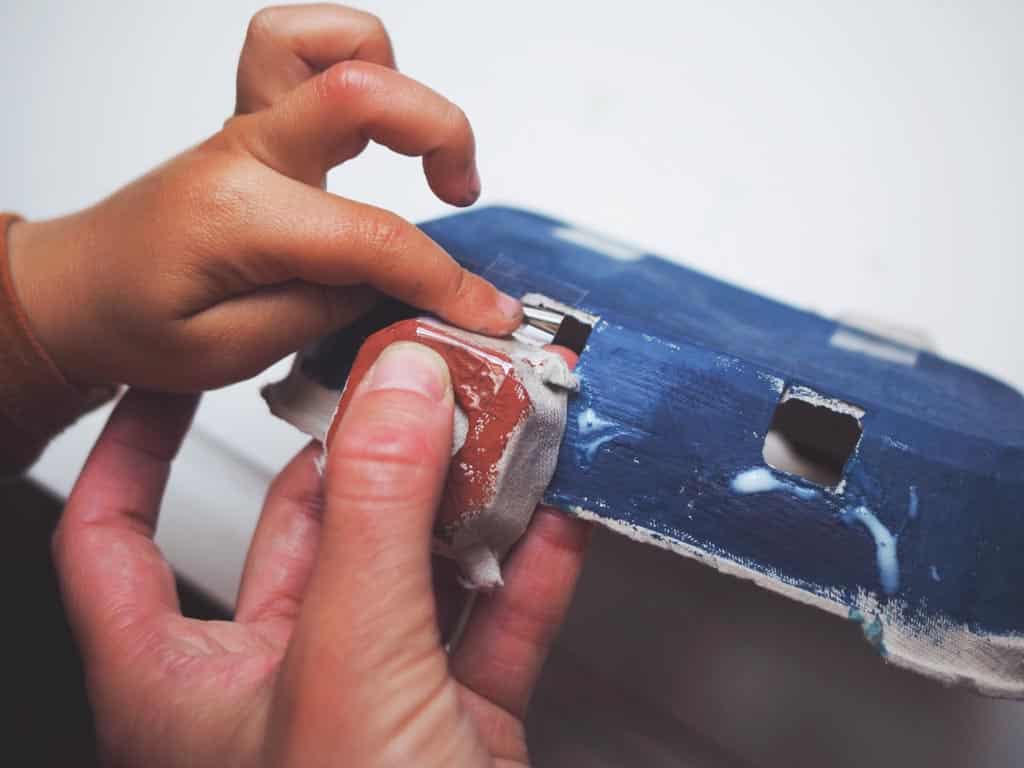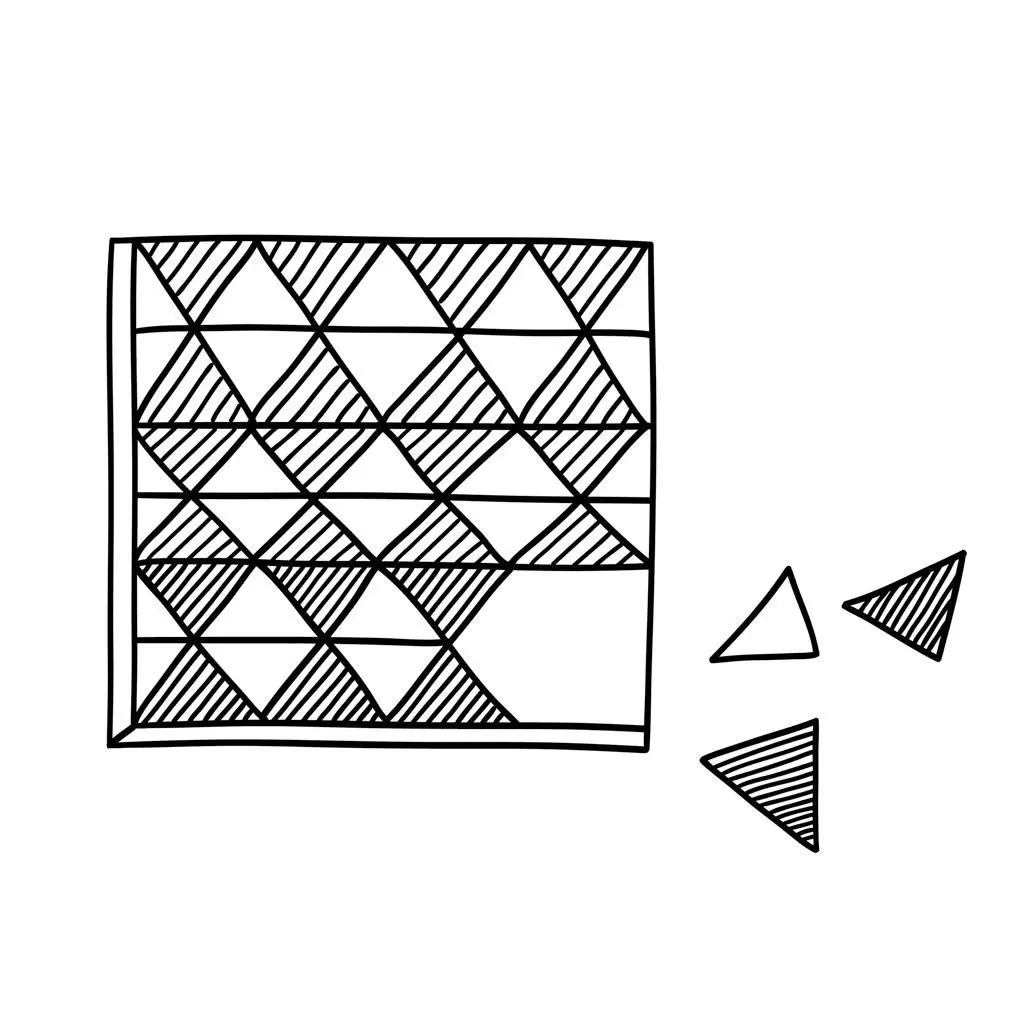Snap! I win! You lose!
You might be surprised to know that card games aren’t just for passing the time or for family fun nights—they are excellent tools to boost the development of your preschooler in many ways. Here’s why you should consider incorporating card games into your child’s activities and which ones are best suited for their age.
The developmental benefits of card games
Playing card games with preschoolers can have numerous developmental benefits. Here are the key areas these games target:
- Cognitive development: Card games can boost a child’s memory and problem-solving skills. They also help introduce concepts like patterns, matching, and sequences, which are fundamental in building mathematical thinking.
- Social skills: Playing games in a group setting can encourage cooperation and communication among children. They learn about taking turns, sharing, and playing fair.
- Emotional development: Winning and losing can teach children about sportsmanship and dealing with disappointment, important lessons for emotional regulation.
- Fine motor skills: Handling cards can help to improve a child’s hand-eye coordination and manual dexterity.

Try these games
Choosing the right card games for your preschooler is crucial. Here are a few suggestions:
- Snap: This game is great for young children. They only need to recognise matching pairs, so it’s good even for children who do not recognise numbers or letters yet.
- Old Maid: This game encourages memory and matching skills. It’s also a great game for larger groups.
- Go Fish: In addition to teaching matching and pairing, Go Fish can also introduce number recognition.
- Uno: While Uno might be more suitable for older preschoolers, it is great for teaching colours, numbers, and strategic thinking.
- Memory or Concentration: This is a fantastic game for building your child’s memory skills. All you need is a deck of cards. You spread them out, face down, and then take turns flipping over two at a time, trying to find a match.
- Happy Families: A classic British card game for 2 or more players, perfect for preschoolers. The goal is to collect families (sets of four cards). It’s a fun and simple game for children to play.
- Crazy Eights: An ideal game for teaching numbers and strategy. The goal is to be the first player to get rid of all your cards by matching the number or suit to the top card on the discard pile.
- War: This game helps children understand the concept of higher and lower numbers. Each player turns over a card at the same time and the player with the higher card takes both. If the cards are the same rank, it’s war!
- Beggar My Neighbour: A simple turn-taking game where you aim to win all the cards. It’s a great game for understanding winning and losing, as well as turn-taking.
- Animal Rummy: This is a children’s card game using special deck which has groups of animals on it. The goal of the game is to collect the most “books” (sets of cards) of animals.
What Comes Next?
As your child gets older and masters these games, they can graduate to more complex card games that require strategic thinking, like Rummy or Crazy Eights. These games can further develop their cognitive and social skills, preparing them for even more complex games in the future, including board games.
Additionally, card games often serve as a gentle introduction to the concept of following rules and gameplay, an essential understanding for any structured game – board, card, or otherwise.
Final word
Remember, the primary goal of playing card games with your preschooler is not winning or losing but having fun together and learning in the process. By making card games a part of your child’s routine, you’ll not only create some beautiful memories but also lay a strong foundation for their cognitive, emotional, and social development. So, go ahead, and let the games begin!
Always keep it fun, engage with your child during the game and celebrate her achievements, no matter how small.
It’s these small steps that lead to big leaps in their development.
How to play ‘War’
“War” is a simple card game that can be played by two or more players. It’s a great way to introduce preschoolers to the concepts of higher and lower numbers. Here are the rules:
Setup
Shuffle a standard 52-card deck and deal the entire deck of cards evenly between the players. If there are two players, each should have 26 cards. If cards are left over, they can be set aside and not used for that game.
Each player places their stack of cards face down in front of them.
Gameplay
- Both players simultaneously flip over the top card from their deck and place it in the middle of the table.
- The player with the higher-ranking card wins the ‘battle’ and takes both cards, placing them at the bottom of their pile.
- If the two cards flipped are of equal rank, then “war” is declared. In a war, each player places three additional cards face-down on the table, and then a fourth card face-up. The player with the higher-ranking face-up card takes all the cards on the table. If the face-up cards are again the same rank, the process repeats until a player wins the war.
- Play continues in this manner until one player has all the cards and wins the game, or a pre-determined time limit is reached. In the case of a time limit, the player with the most cards wins.
Notes
- Aces are typically considered the highest-ranking cards, followed by Kings, Queens, and so on, with 2 being the lowest rank.
- The game of War does not involve any strategy and is largely based on luck. It’s the simple comparison of card ranks that makes it a good fit for young children learning numbers.
- This game can potentially go on for a long time, so be prepared for that. It’s also common for the game to end in a stalemate, particularly if the number of cards each player has is equal.
Remember, the goal of playing games with preschoolers is not just about winning or losing, but more about learning, having fun and spending timetogether.




